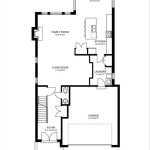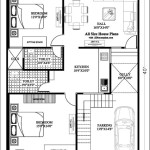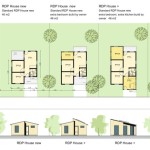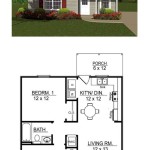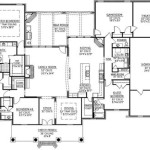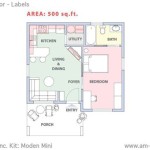Essential Aspects of a Wiring Layout Plan for a House
Creating a comprehensive wiring layout plan is crucial for ensuring a safe and efficient electrical system in your home. This plan serves as a blueprint for the placement and arrangement of electrical components, such as outlets, switches, and lighting fixtures. By adhering to established guidelines and industry best practices, you can ensure a well-designed and functional electrical system that meets your specific needs.
Key Considerations for a Wiring Layout Plan
When developing a wiring layout plan for your home, several key considerations should be taken into account:
- Electrical Load: Determine the total electrical load of your home based on the number and type of appliances, devices, and lighting fixtures you plan to use. This will help you determine the appropriate wire sizes and circuit capacities.
- Safety Regulations: Follow all applicable electrical codes and regulations, such as the National Electrical Code (NEC), to ensure the safety and compliance of your electrical system.
- Future Needs: Anticipate future electrical needs by including additional outlets and circuits to accommodate potential additions and upgrades.
- Accessibility and Convenience: Place outlets, switches, and lighting fixtures in convenient and accessible locations to enhance usability and comfort.
- Aesthetics: Consider the placement of electrical components in relation to the interior design of your home to maintain a cohesive and aesthetically pleasing look.
Components of a Wiring Layout Plan
A comprehensive wiring layout plan typically includes the following components:
- Floor Plan: A scaled floor plan of your home showing the location of walls, rooms, and windows.
- Electrical Symbols: Standard electrical symbols to represent outlets, switches, lighting fixtures, and other components.
- Circuit Schedule: A list of all electrical circuits, their amperage ratings, and the devices they serve.
- Wire Schedule: A list of all wires used, including their sizes, types, and lengths.
Benefits of a Well-Planned Wiring Layout
A well-planned wiring layout plan offers numerous benefits, including:
- Improved Safety: Reduces the risk of electrical hazards by ensuring proper wiring and circuit protection.
- Enhanced Functionality: Provides adequate outlets and switches to meet your electrical needs conveniently.
- Increased Energy Efficiency: Allows for optimized placement of lighting fixtures and appliances to reduce energy consumption.
- Easier Maintenance: Facilitates troubleshooting and repairs by providing a clear and organized plan.
- Increased Resale Value: A well-designed electrical system enhances the value of your home.
Professional Electrical Services
For optimal results, it is advisable to consult with a licensed and qualified electrician for the design and implementation of your wiring layout plan. A professional electrician can ensure that your electrical system meets all safety regulations, complies with local codes, and aligns with your specific requirements.

Free House Wiring Diagram Edrawmax

House Wiring Diagram Everything You Need To Know Edrawmax
Create An Electrical Plan Roomsketcher Help Center

Home Wiring Plan Making Plans Easily House Electrical Layout

House Wiring Diagram Everything You Need To Know Edrawmax

It S Electrical

Floor Plan And Wiring Diagram Scientific

Free House Wiring Diagram Edrawmax

Electrical Drawing Blueprints Plan Layout Floor

House Wiring Diagram Everything You Need To Know Edrawmax

